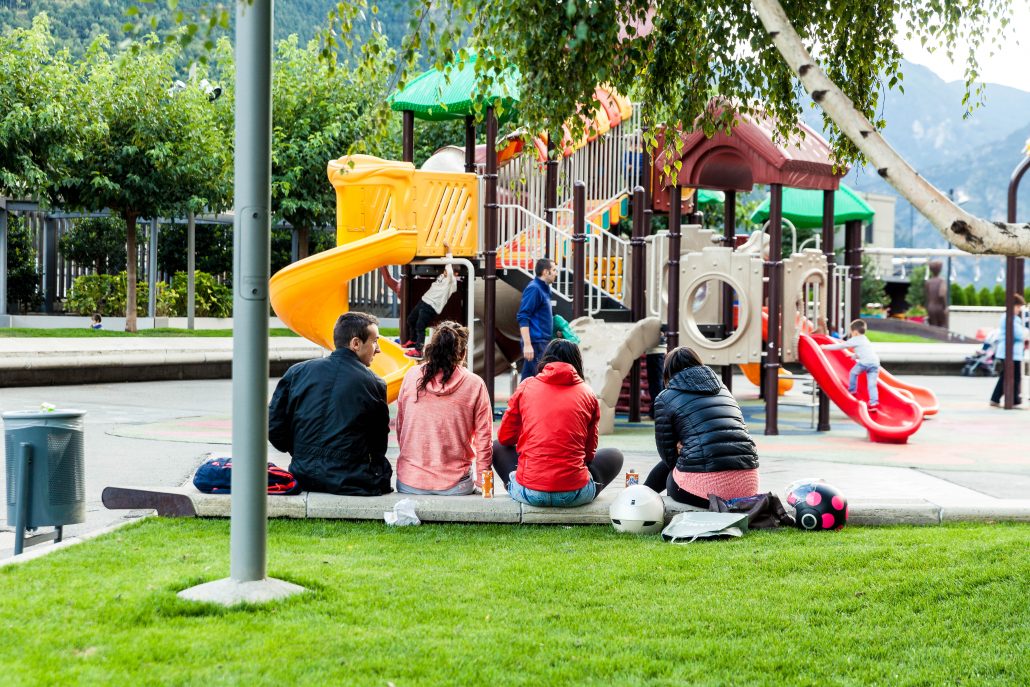How to Acquire New Vocabulary: At the Middle School Level

While vocabulary instruction has drastically changed in the past decade, some of the basic principles of language acquisition still pertain to building students’ vocabulary. For instance, a voracious appetite for reading has long been linked to a stronger vocabulary—and this belief still stands, as it is widely supported by research. Additionally, repeated exposure over time also helps to solidify words to memory. Both of these basic methods, reading and repetition, are still utilized in classrooms today.
However, best practices focus on more than mere memorization. Vocabulary acquisition can and should be taken to the next step to ensure that terms are not only committed to memory, but are essentially committed to a student’s academic and everyday language.
Teach connotation: Too often, direct vocabulary instruction relies on a student’s memorization or understanding of a word’s definition—which makes sense since students must know what a word means before adding it to their lexicon. However, if focusing solely on a word’s definition, students are missing a key aspect of the importance of vocabulary, which involves context and connotation. Vocabulary instruction is more than knowing the meaning of a word—it’s the ability to choose the most appropriate form of a word or term for a specific context or purpose. Take the words smell, scent, odor, fragrance, and aroma. The definition of each of these terms is rather similar; at a glance, students may declare these terms to be synonymous. However, teaching these words in their appropriate contexts and with an understood connotation allows students to see how each of these so-called synonyms would serve a strikingly different purpose.
Scent, fragrance, and aroma all have a generally positive connotation. Scent and fragrance are more frequently used when describing non-food items like flowers, perfume, natural surroundings, etc. Aroma differs slightly in that it often denotes a combination of smells, like a laundry room’s aroma of fresh cotton, rain, and rose petals, for example. Odor, conversely, typically has a negative connotation. You wouldn’t likely want to describe someone’s cooking by saying that it has a “unique odor.” Something with an odor is usually deemed smelly, stinky or unpleasant. So, even the simple practice of matching scenarios to their most appropriate terms helps middle schoolers to begin to see the value in vocabulary. Words are much more than their definitions; they allow speakers and writers to specify more precisely depending on the context or situation.
Teach using synonym/antonym games: Another method to help prompt middle schoolers to step outside of their everyday language boxes involves a modified skit from the game show “Whose Line is it Anyway?” Have students sit in a circle. Explain that students will go from person to person saying essentially the same phrase, “I feel happy.” The catch, however, is that students must replace the word happy with a new synonym each time. If a student cannot think of a new synonym for the initial emotion, he or she is eliminate from the circle. After a while, switch from synonyms to antonyms. For instance, students would respond to “I feel happy” with “I feel…sad, forlorn, melancholy, depressed, low, glum, gloomy, blue, unhappy, negative, sullen, etc. The key here is for students to begin to see the vastness of their options for expressing and expanding upon a simple emotion such as “happy.”
Encourage the use of expressive words in student writing: Once vocabulary instruction is solidly underway, begin to track overused, misused, or “elementary-level” terms in student writing. Prompt students to be more specific when saying that they “went” somewhere. Perhaps they moseyed to the store; strolled to the store; travelled to the store; wandered to the store; meandered to the store; rushed to the store. Again, the point is for students to see the plethora of options at their disposal when writing or speaking. The more they practice, the more equipped they’ll be to say precisely what they mean.












